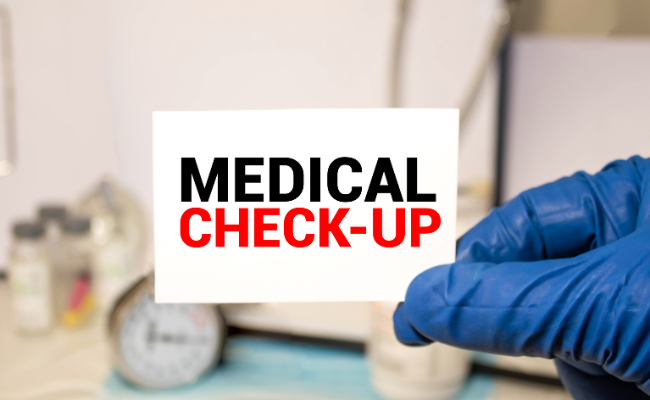Push Through Mindset Shift with Sue Stevenson
“Transformation changes your identity. If we change habits, our identity is changed.” – Sue Stevenson
I had the pleasure of speaking with Sue Stevenson, the founder of Lifted Fog, a global executive coaching firm.
Sue uses brain-based strategies and positive psychology to help leaders succeed and is the author of Impossible to Possible: Neurostrategies for Healing, Humor, and Reimagined Life.
We discuss:
- Toxic dedication and the social, physical, and emotional costs of success
- How Sue moved into radical action despite facing the impossible
- Neurostrategies and the gut-brain connection
Toxic dedication and the social, physical, and emotional costs of success

Corporate culture can be the breeding ground for disease and illness if not approached with care. All the success in the world can’t make up for the health we jeopardize along the way.
Sue discovered this truth after decades of constant corporate achievement and rigor in Human Resources. She moved her job, office, home, and country 50+ times.
“I began to see that there were some physical costs to this success, and this constant moving and the challenges that I faced every day,” Sue shares, “There were social costs, I didn't find myself being able to interact with as many people. And there were emotional costs that I didn't even pay enough attention to. I ignored and covered up symptoms. I never, at that moment, realized that things inside my brain and body were going extremely wrong.”
She suffered from headaches, insomnia, and irritability and was in a prolonged state of stress and exhaustion. Doctor after doctor gave her no answers until one posed the option of an MRI.
“My doctor called me and said, ‘you have a brain tumor.’ What a wake-up call that was.” Sue explains, “I knew I'd had some—not just acute stress, but chronic stress—but I had no idea. And, if we think about optimal health on a scale of one to 100, most of us accept a level between 40 and 60% of optimal health. I thought I was in that range, no different than anyone else.”
How Sue moved into radical action despite facing the impossible

Sue began to see specialists, endocrinologists, neurologists, and various medical specialties. But like almost anyone who has had to deal extensively with healthcare, she discovered that to get results and the answers she was looking for, she had to take the research into her own hands.
“Eventually, the outcome was that radiation would not help. The tumor was likely benign, and chemo would destroy more of my brain than was necessary,” Sue explains.
Due to the position of the mass, surgery was not an option. “I turned to the doctor, and I said, ‘Surely there's something I can do. I'm a resourceful person.’ And he said, ‘It's impossible.’ At that moment, I was galvanized into action. He said the best thing he could ever say. He said it meanly, and was very dismissive, but it was the best thing I could have heard because I radically moved into action.”
With renewed determination, Sue started her battle plan for reducing the size of the mass and improving her chances. While her research was demoralizing, it did not stop her from pushing forward.
“I never found anybody with the same symptoms who lived.” she shares, “I redirected my research. Rather than looking at what was wrong, I began to look at what could be right and what impacts your brain.”
Neurostrategies and the gut-brain connection

Our immune system is a sizable part of how we process life. The information we feed into it determines much of our health outcomes.
“I learned about autoimmune diseases and cortisol and chronic stress, and I realized I've been in chronic stress that never died down for about nine years solid. It was like this big stress puzzle, and I began to put pieces together and live healthily.” Sue explains.
Sue started by cleaning out the toxins from her home—cleaning supplies, certain foods, makeup, and anything with chemicals or heavy metals—anything that could affect the brain.
“I began to understand that there's optimal health, and then there's what most people accept as okay. I was not going to live in that ‘okay’ world ever again. I was going for the optimal.” Sue continues.
Alongside her one prescribed medication for water management throughout her body, Sue tackled her habits. From sleep to diet to exercise, she strived to be on the optimal side of any health scale by any means necessary.
“It did take a long time before I was able to improve the energy to calm my mind, too. I tried lots and lots of things. I call them neurostrategies, because they were strategies about how to affect my brain.” Sue shares, “The more that I learned, the more I realized that it was not just the brain, but the gut, and understanding that in the gut, we produce neurochemicals that affect our mood.”
The gut produces 85% of dopamine, along with serotonin. Eating well has an immense impact on the chemicals produced in our gut, and in concordance, our mood, energy levels, and more.
The moment of truth came when Sue traveled to Stanford University via an invitation to get answers from a cross-disciplinary team. They conducted another MRI.
“You're not supposed to look at your MRIs, but when I looked at them over that weekend, the mass was gone. The follow-up appointment confirmed it—It was an autoimmune disease. It was not a brain tumor, and it had gone.” Sue shares.
Our habits determine our outcomes. Instead of sitting back and accepting her circumstances, Sue challenged herself to live more in alignment with optimal health and earned a new life through a constant dedication to well-being.
What do you do to support your well-being each day? If you’re in the corporate world, what are you sacrificing?
Be sure to check out Sue’s full episode for further insight on neurostrategies and learn more at LiftedFog.com!








